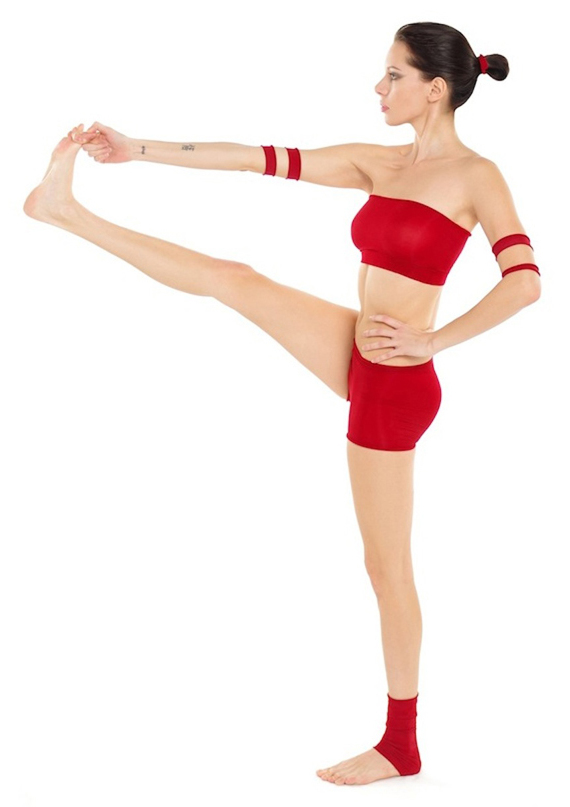Utthita Parshvasahita on:
[Wikipedia]
[Google]
[Amazon]
 Utthita Hasta Padangusthasana (Sanskrit: उत्थित हस्त पादाङ्गुष्ठासन, IAST: Utthita Hasta Pādāṅguṣṭhāsana), Standing Big Toe Hold or Extended Hand-to-Big-Toe Pose is a
Utthita Hasta Padangusthasana (Sanskrit: उत्थित हस्त पादाङ्गुष्ठासन, IAST: Utthita Hasta Pādāṅguṣṭhāsana), Standing Big Toe Hold or Extended Hand-to-Big-Toe Pose is a
 Utthita Hasta Padangusthasana (Sanskrit: उत्थित हस्त पादाङ्गुष्ठासन, IAST: Utthita Hasta Pādāṅguṣṭhāsana), Standing Big Toe Hold or Extended Hand-to-Big-Toe Pose is a
Utthita Hasta Padangusthasana (Sanskrit: उत्थित हस्त पादाङ्गुष्ठासन, IAST: Utthita Hasta Pādāṅguṣṭhāsana), Standing Big Toe Hold or Extended Hand-to-Big-Toe Pose is a standing
Standing, also referred to as orthostasis, is a position in which the body is held in an ''erect'' ("orthostatic") position and supported only by the feet. Although seemingly static, the body rocks slightly back and forth from the ankle in the s ...
balancing asana in modern yoga as exercise
Yoga as exercise is a physical activity consisting mainly of postures, often connected by flowing sequences, sometimes accompanied by breathing exercises, and frequently ending with relaxation lying down or meditation. Yoga in this form has ...
.
Etymology and origins
The name comes from the Sanskrit words ''Utthita'' (उत्थित) meaning "extended", ''Hasta'' (हस्त) meaning "hand", ''Pada'' (पद) meaning "foot", ''Angustha'' (ङ्गुष्ठ) meaning "thumb" or "toe", and ''Asana'' (आसन) meaning "posture" or "seat". The pose however does not appear to be Indian in origin, and it is not found in the medieval hatha yoga texts. A similar pose was described inNiels Bukh
Niels Ebbesen Mortensen Bukh (15 June 1880 – 7 July 1950) was a Danish gymnast and educator who founded the first athletic folk high school in Ollerup in Funen, Denmark. He achieved international fame as a gymnastics trainer for the Danish te ...
's early 20th century Danish text ''Primitive Gymnastics'', which in turn was derived from a 19th century Scandinavian tradition of gymnastics. The pose had arrived in India by the 1920s. Swami Kuvalayananda incorporated it into his system of exercises, from where it was taken up by the influential yoga teacher Tirumalai Krishnamacharya
Tirumalai Krishnamacharya (18 November 1888 – 28 February 1989) was an Indian yoga teacher, ayurvedic healer and scholar. He is seen as one of the most important gurus of modern yoga, and is often called "the father of modern yoga" for ...
.
Description
Utthita Padangusthasana is a pose with the body standing straight, on one leg; the other leg is stretched out straight, and the foot of the raised leg is grasped by the hand on the same side of the body. It is entered from the standing poseTadasana
Tadasana ( sa , ताड़ासन, translit=Tāḍāsana), Mountain pose or Samasthiti ( sa, समस्थिति; IAST: ''samasthitiḥ'') is a standing asana in modern yoga as exercise; it is not described in medieval hatha yoga te ...
. The pose has two forms: I, with the raised leg to the front, and the opposite hand to the hip; II, with the raised leg to the side, and the opposite hand stretched out straight to the other side. Students can practise the pose using a strap to hold the extended foot, or a ledge or wall for support; or may keep the knee bent. The pose is at the start of the Primary Series of Ashtanga vinyasa yoga.
Variations
Utthita Ekapadasana is a milder form of the same pose, the leg not lifted far enough for the toes to be grasped. Utthita Parshvasahita has the raised leg out to the side and the head turned away from the raised leg. Svarga Dvijasana (Bird of Paradise pose) has the raised leg out to the side, the hands clasped under the thigh with the arm on the raised leg side in front, the other arm behind.Notes
References
Sources
* * * {{Yoga as exercise One-legged asanas